MSPhysics tests and questions
-
Maybe uncovered a nasty bug? Anton
Here's a suggestion from your speed indicator
onUpdate {
Get current velocity
cv = this.get_velocity
Output it in the note
note = sprintf("Velocity: (%.3f)", cv.z)
simulation.display_note(note)
}When it runs, on collision it displays 0.00 as expected, the block has stopped but we lost the terminal velocity
Could we say put an IF loop in the output velocity to note, only iff velocity <say .5m/s, then it should go to zero when the block stops (assuming no bounce)
Just a thought, maybe a simpler approach? from a ruby newby
Cheers
Robin
-
Sorry, Im getting tired
I meant it should retain the highest last value in note when the block stops
Apologies
Robin
-
It's all cool

Here is the code for viewing maximum velocity.
onStart { @max_vz = 0 } onUpdate { v = this.get_velocity if v.z.abs > @max_vz @max_vz = v.z.abs simulation.display_note(sprintf("Max Speed %.3f m/s", @max_vz)) end }And yes, the speed indicator in onTouch may not always work right, which is the problem of the physics engine that my wrapper is using.
-
Hi Anton
Installed your script, works a treat and pretty accurate

However I have meddled and got stuck, I cant find a way to print another result on a new line, tried everything, puts, print (can't find sprintf in docs either)
As you see I want to print elapsed time as well and it works but overwrite the Max Speed result on the same line
I feel really dumb getting stuck on this trivial matter, pls help

BTW would I be right in saying that MSP script is a subset of official Ruby 2.0 and some elements like puts and print (they dont do anything on screen or riase an error)are left out?
Cheers
Robin
-
Here:
onStart { @max_vz = 0 } onUpdate { v = this.get_velocity if v.z.abs > @max_vz @max_vz = v.z.abs simulation.display_note(sprintf("Max Speed %.3f m/s\nElapsed Time; %.2f s", @max_vz, world.time)) end } -
Anton, ooh that is nice
from little acorns, great oaks grow
So now we have a timer as well
Maybe add
add the x.y.z distance travelled
and then I can perhaps simulate a cannon firing a cannon ball at a target
and with a bit of wind and air friction, elementary gunnery for the Napoleonic War
I will of course present my models to you for the consideration of others in the interest of MSP
Cheers, many thanks
Robin
-
Hi Anton
Just seen your Turret thingy, blown away by it
30 pages of code - I might as well try and become a brain surgeon!3D Warehouse
3D Warehouse is a website of searchable, pre-made 3D models that works seamlessly with SketchUp.
(3dwarehouse.sketchup.com)
Very skilful
Robin
-
Just playing with basics,
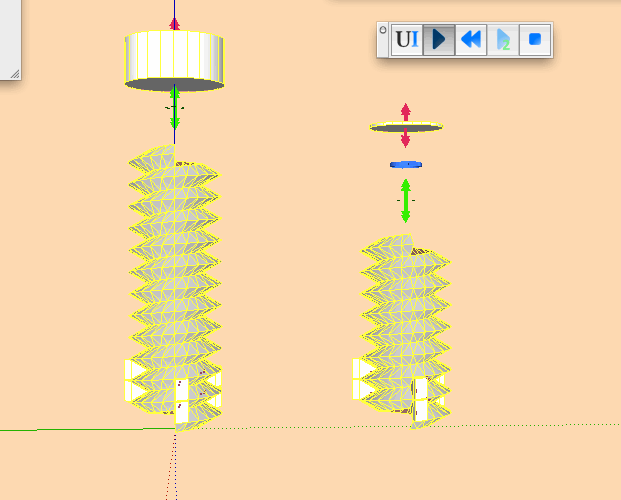
brought me to some questions:When you at the screws,
-one is static mesh and is collision shape fits perfectly.- to achieve the same collision shape for the mobil oneI had to it with several components.
Any reason the soft isn't able to calculate the same collision shape but not static?
To make those movements running well I used a workaround.
For rotation we have hinge, motor, servo.
For translation we have slider, piston, why not a linear motor?
For translation + rotation we have corkscrew, why not motor + linear motor , servo + piston, servo + linear motor , linear motor + piston?
For curve we have curvy slider and curvy piston, why not a curvy motor and curvy piston?Nota bene: just curiosity here, no request.
-
At last
Terminal velocity
Time
DistanceNow the basis of my cannon project
Anton has made a sophisticated urret thingy available on 3D warehouse/msphysics
but I want to make a simpler model for a gunner with inputs for
horiz angle
Azimuth
muzzle velocity
Range (from a range finder measurement of a distant target placed at random)
Air density (from Bar pres, RH and temp)
Air friction ?output > distance landed from target (eg a forward spotter)
Simplistic stuff for a Napoleonic gunnery officer
Maybe a moving target next (eg tank)
On the 7th day god made Robin
-
Hi Anton, after extensive tests with the fairly complex ice stage model, I can report that everything works very well.
I just had to reverse some curves and exchange the programmed Curvy Piston Joint for the Orca. The calculation of the transformed emitter objects seems to work more precisely.
This costs a little more time for the simulation, but the viewport problems no longer occur.
That's great! Thank you very much!
I have extended the simulation around a rain with middle large hailstones and it works.
And for the future the integration of the good old SketchyPhysics fracture/split function and a kind of soft or flexible surfaces would be great...

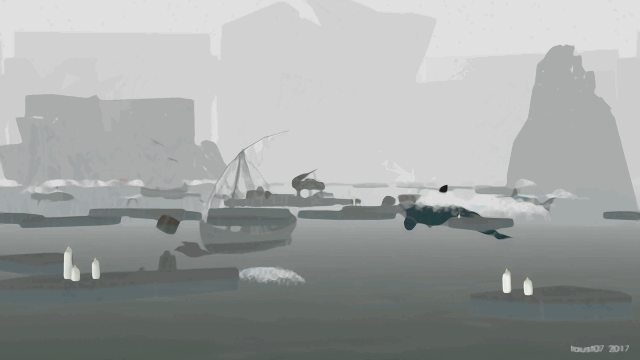
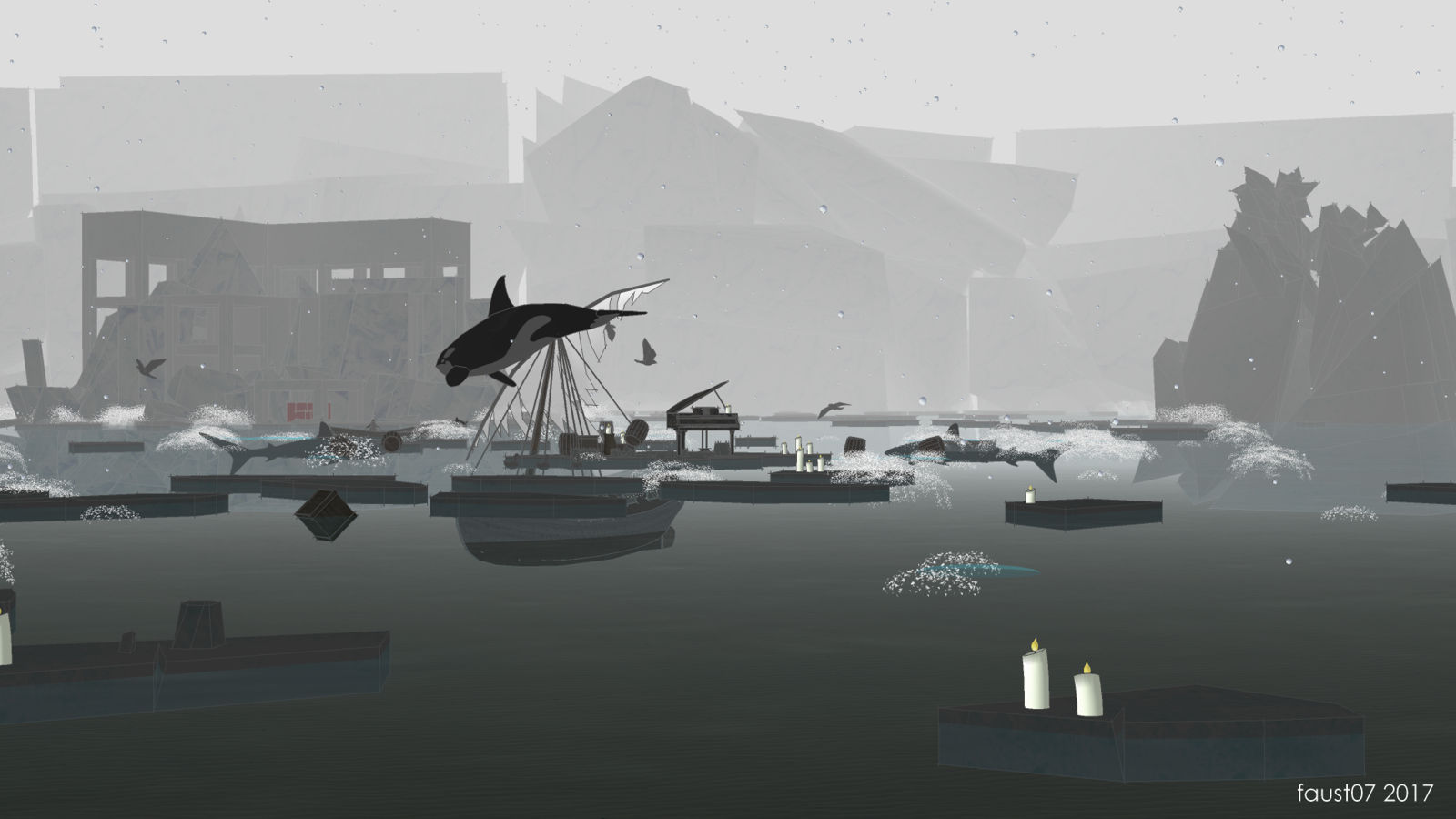
-
Thanks for testing and verifying, Faust. Next feature would be to improve performance of export to Skindigo and Kerkythea. I think there is a way to reduce export redundancy. The fracture thingy would be implemented too.
-
Sounds good!
-
Testing MSPhysics in SketchUp 2017.
In a direct comparison between SketchUp Make 2016 and 2017, this incomplete image is created in 2017 when using the following script:Sketchup.active_model.active_view.write_image("e;/MSPh_Temp/frame_%06d.png" % frame,1600,900,true,1.0)How should it be right for SUp 2017?
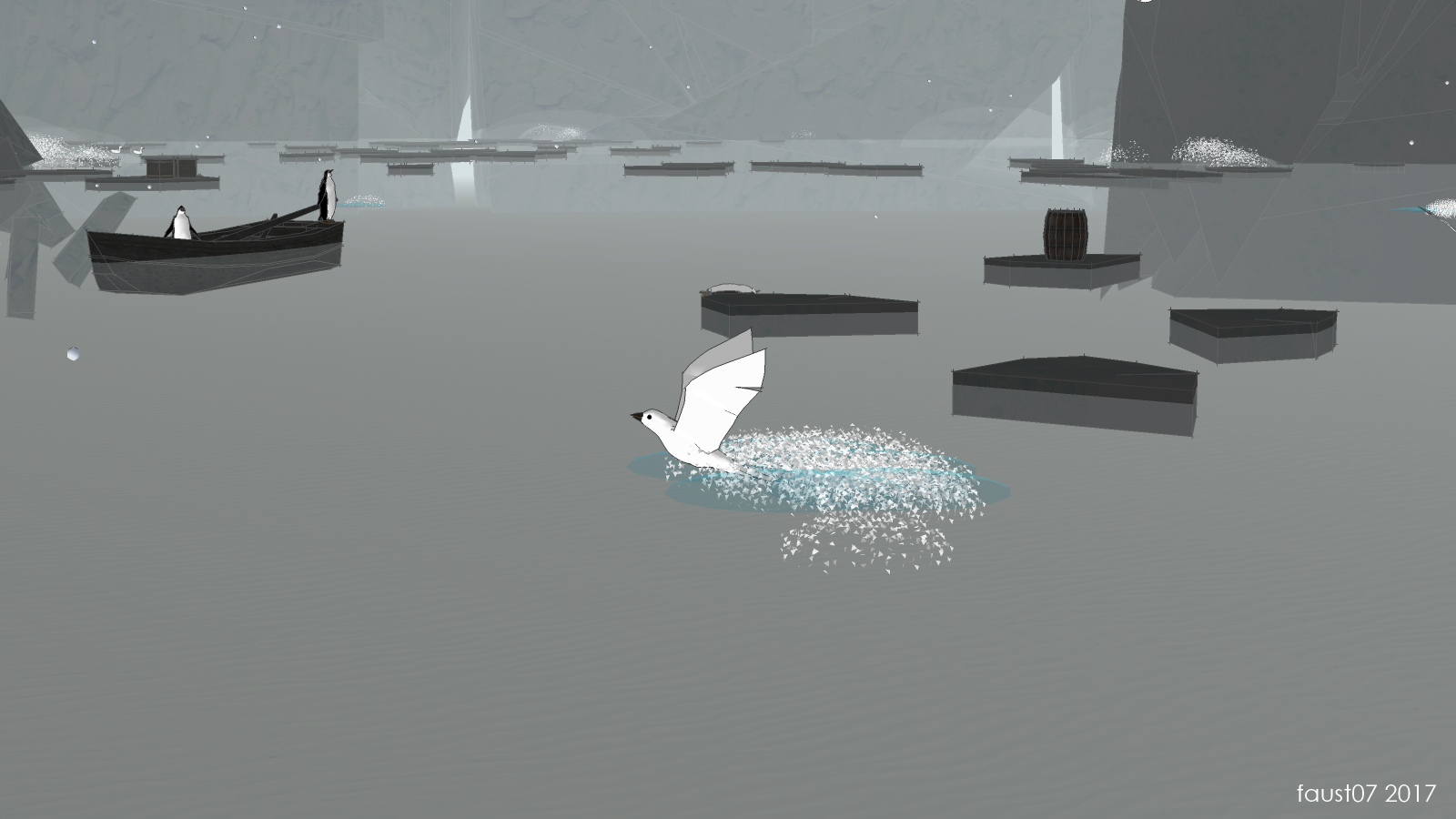
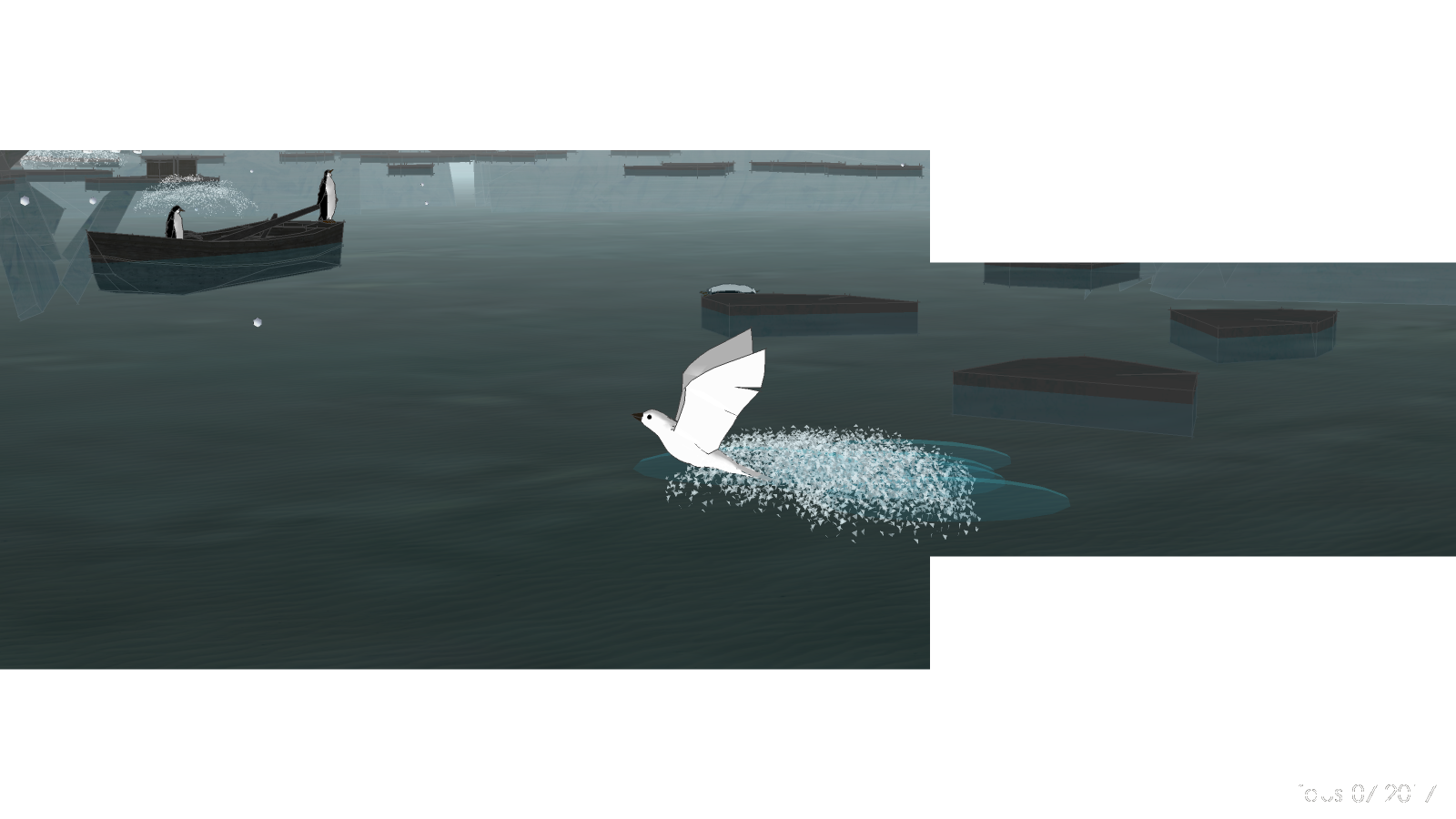
-
(learning Ruby for MSphysics)
I would like to move several objects, each one following an (x,y,z) curve, in a synchronous manner.
I imagined to have a public tick and then on tick each body compute its next (x,y,z) position and goes there using set_velocity([vx,vy,vz]).- is this a correct way to use MSphysics scripts? Are there (close) examples in warehouse?
- how to write if for, say, a cube moving at 1m/s from x=0 to x=100m then when x=100 --> x=0 and loop?
Thank you for your help.
-
Hello, Zoltan,
Yes, you understood the concept correctly.
For such behavior, however, a script might not be necessary. You can use a Piston or a CurvyPiston joint. When you add a Piston joint, set its position units to m, linear rate to like, 1000, and the controller to,
world.time % 10. This will generate a value b/w 0 and 10 on a timescale of 10 seconds.Also, in case you don't know how to use joints, here is a Wiki:
https://github.com/AntonSynytsia/MSPhysics/wiki/Using-JointsBut if you want a special behavior that would teleport a moving object after it surpasses a scalar of a coordinate, then this is how you do it:
onStart { @max_x = 100.m @start_pos = this.get_position(1) } onUpdate { this.set_velocity(1,0,0) if this.get_position(1).x > @max_x this.set_position(@start_pos) end }Paste this script into the desired moving object(s).
Basically, this will move an object at 1 m/s along the x-axis and teleport it back to start when the objects X coordinate surpasses maximum x position.
You can also, instead, control it by force rather than velocity:
onStart { @max_x = 100.m # in inches; the .m converts it meters to inches. @start_pos = this.get_position(1) @des_vel_x = 1 # in m/s } onUpdate { # Compute the desired acceleration in m/s/s -> (des_vel - cur_vel) / timestep ax = (@des_vel_x - this.get_velocity.x) / simulation.update_timestep # Apply force this.add_force(ax * this.mass, 0, 0) # Teleport if necessart if this.get_position(1).x > @max_x this.set_position(@start_pos) end }Applying forces are better than applying velocities because they don't dissipate any other forces like the force of gravity or the force of contacts. Also, if you don't want to have the object be affected by the gravity, you can, as well, add force to the z component, like
9.801 * this.massor you can simply disable gravity for the object. Both yield the same behavior.But, like I said, to if you want to create moving platform that doesn't involve teleportation, you can add a Piston joint and connect it to the desired object. Then add an oscillator controller to the Piston joint, like
oscillator(50)*100.Regards,
Anton -
I created a floor (static mesh), and a ball and a cube both compounds
I tilted the floor (5)
...Friction ONPlay:
- Ball rolls to the edge of the floor and stops! ?
- Cube does not even move
...Friction OFF
- both roll/slide off the floor and disappear in the abyss
I wait for 10 15 secs,
- the floor's front face disappears so the inside of the floor can be seen,
- and from that face the floor melts away until it reaches the back right corner
- then it melts from the back right corner to the left one and vanishes!
Also if using any SketchUp commands, for example, to realign the scene
then the behavior of objects and mouse pointing and other function go to the abyss of absurdityHope this is helpful.
-
Hi DingBEN,
I guess the ball stops at the edge because its shape is defined as "Compound".
You could test is with a collision shape "Sphere".
When in MSPhysics objects fall down into infinity, they gradually enlarge the overall model.
They are falling too far away from the camera.
And the "clipping" problem known in SketchUp is getting stronger until all objects are optically cut off in the field of view of the camera.
You can read a bit more about the "clipping" issue here:
http://support.google.com/sketchup/bin/ ... swer=36261 -
I posted this same question at the MSPhysics Github. I'm very new to MSPhysics and not very smart either, so I was wondering if anyone has attempted a simulated wind-tunnel or something like that using MSPhysics? Is such a thing even possible at the moment? If so could you share?
-
Wind tests are not possible with MSPhysics. I once came across a plugin dealing with fluid analysis but can't recall the name of it.
-
Here the first small test example MSPhysics v1.0.0 with scripted emitters.
Unfortunately, SketchUp crashes completely after a few seconds.
In MSPhysics v1.0.0 WIP7 there was no problem with this.
Thanks in advance.
Edit: Fixed in high Speed - now it works - thanks to Anton!
Advertisement








